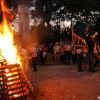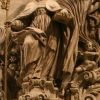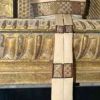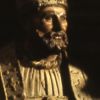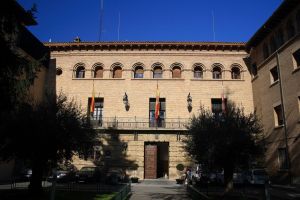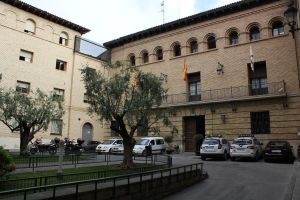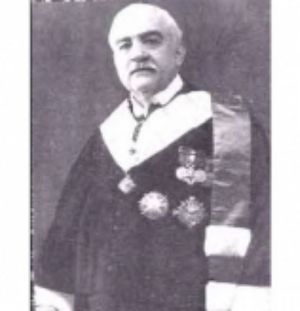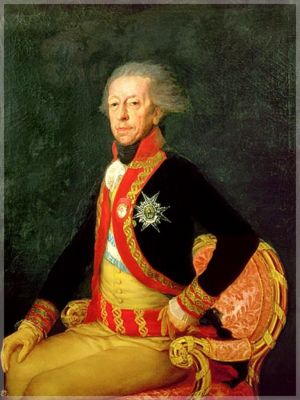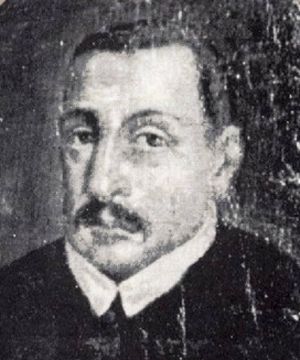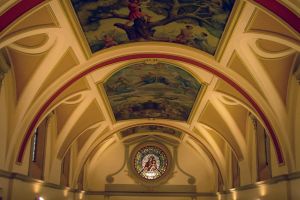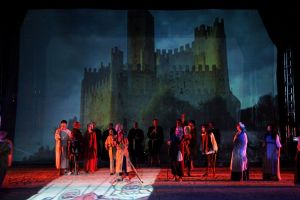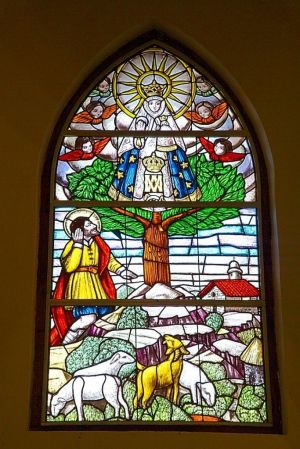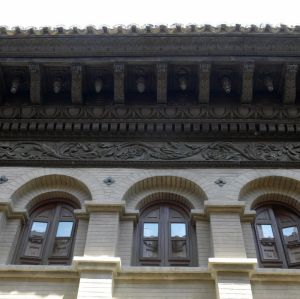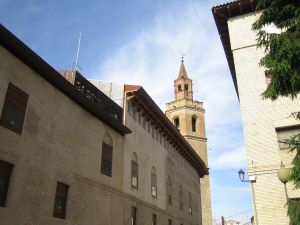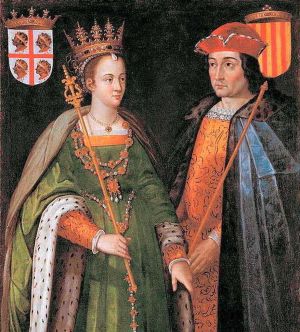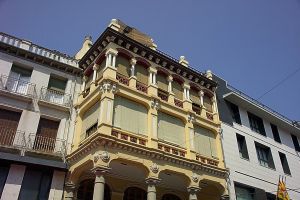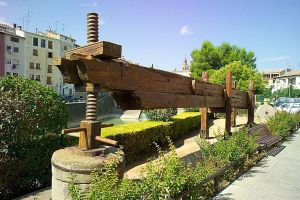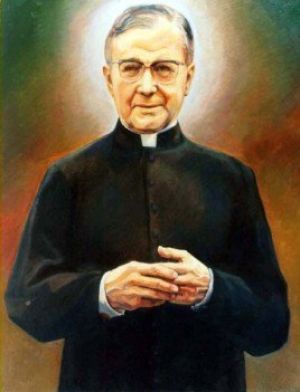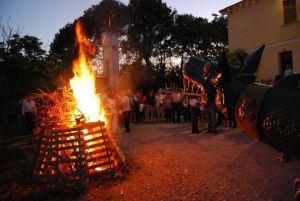The full name of San Ramón del Monte, or St. Ramon of the Mountain (1067-1126) was Raimundo Guillermo. The celebrated Patron and Bishop of Barbastro was born into a noble family in Durban on the French side of the Pyrenees. As a young man he enjoyed a good education and followed a military career for a short time before abandoning it to pursue a life of prayer and study.
In 1104, King Alfonso “The Warrior” informed him that he was to take over the bishopric of the diocese of Barbastro, which at the time was being heavily disputed by Bishop Odón of Urgell and Bishop Esteban of Huesca. At first he resisted but eventually accepted the position and went on to be highly acclaimed by the city.
San Ramón suffered greatly when, years later, he was forced to leave the city of Barbastro and abandon a diocese that spread between the rivers Cinca and Alcanadre. His departure took place in 1116 when the bishop of Huesca had him exiled in order to pursue his own interests.
Tradition says that he left Barbastro from a place known as Rioancho (today the location of Calle General Ricardos), crossed the River Vero and took a small mountain path that today leads to a chapel dedicated to his memory. Arriving at the top of the hill he looked back over the city he loved, started to cry and then blessed the city through his tears. During his flight it is said that he performed a number of miracles. In the autumn of 1119 San Ramón returned to Aragon to take up the role of Bishop of Roda de Isábena.
With the aim of winning back his diocese in Barbastro, San Ramon gained the favour of King Alfonso by accompanying him to Andalucia to free the Christians as part of the conquest of Granada. However, the expedition sapped his strength and he arrived back in Huesca a sick man, eventually dying there on 21st June 1126. His body was moved to the church-cathedral of Roda de Isábena, where it was buried a few days later.
The feast of the patron saint of Barbastro, San Ramon del Monte is celebrated every year on the 21st June.



